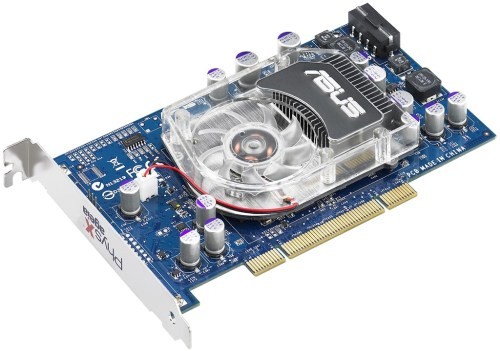- Oct 16, 2019
- 2,746
- 6,655
- 146
All die sizes are within 5mm^2. The poster here has been right on some things in the past afaik, and to his credit was the first to saying 505mm^2 for Navi21, which other people have backed up. Even still though, take the following with a pich of salt.
Navi21 - 505mm^2
Navi22 - 340mm^2
Navi23 - 240mm^2
Source is the following post: https://www.ptt.cc/bbs/PC_Shopping/M.1588075782.A.C1E.html
Navi21 - 505mm^2
Navi22 - 340mm^2
Navi23 - 240mm^2
Source is the following post: https://www.ptt.cc/bbs/PC_Shopping/M.1588075782.A.C1E.html



